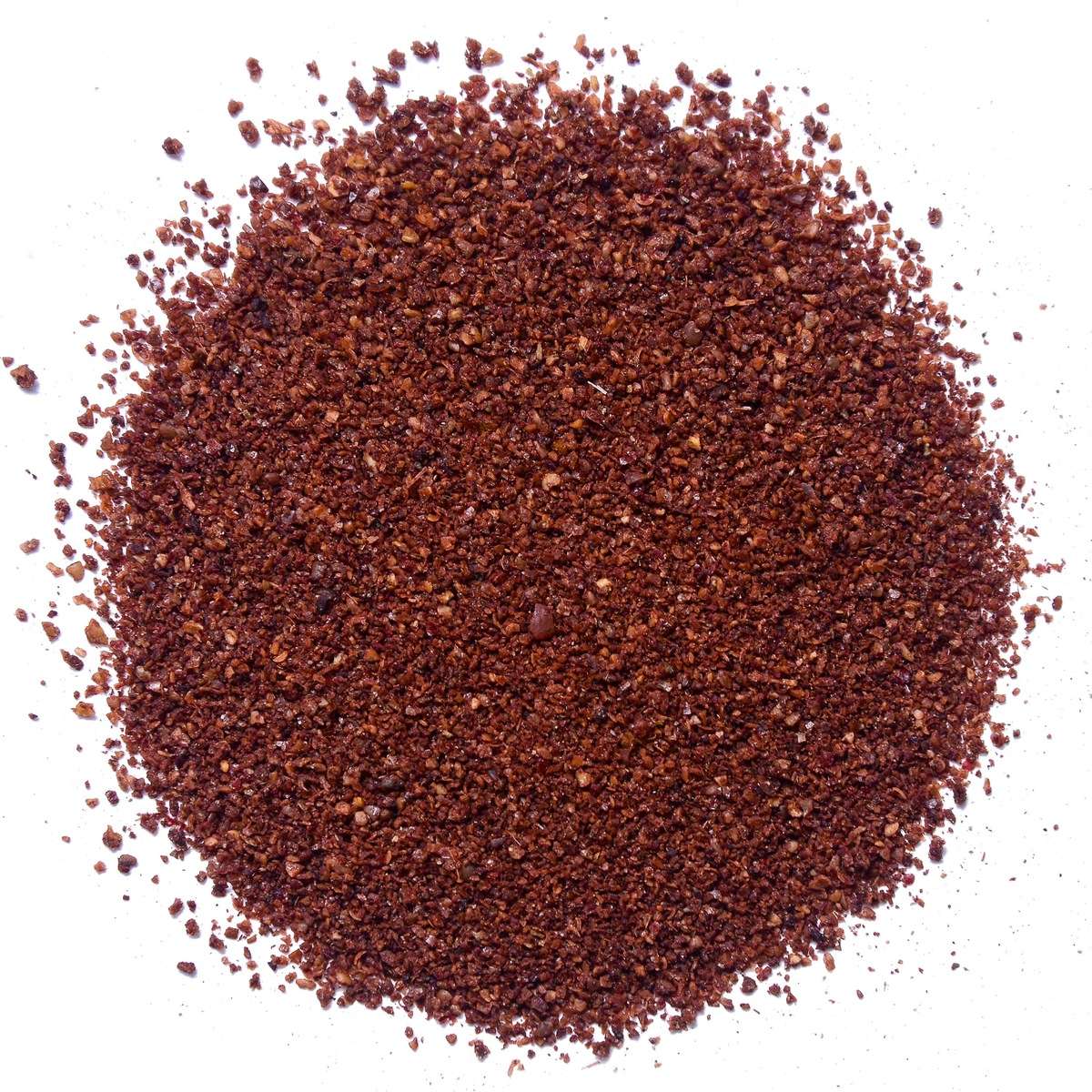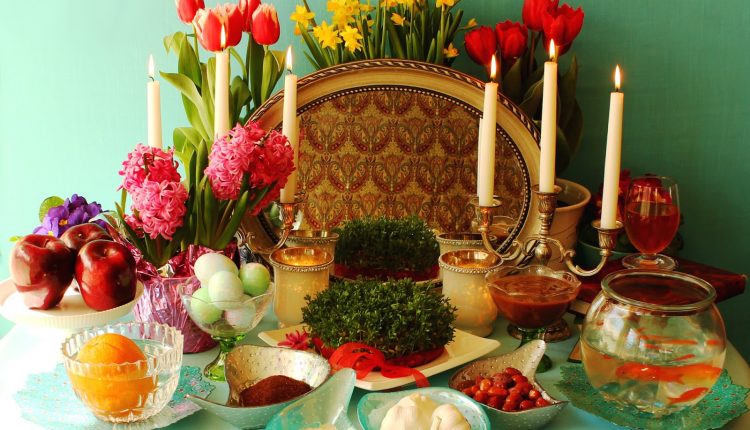Getting your Haft Seen Ready for Nowruz
Haft Seen Ready, Set, Go!
We’re two days away from Nowruz or the first day of spring which is celebrated across Eurasia is several countries.
As part of the celebration, across the region, homes are decorated and cleaned in preparation to welcome spring. But one ritual is more important than most.
“Haft-seen” is the name of the special table of Nowruz, the Festival of historic Persian new year and the beginning of spring. This table is made up of seven items that start with the letter “S” in Persian, in fact, haft-seen literally means “seven S letters.”
According to some old wives tales, the table was originally called “Haft-sheen” (seven Sh letters) and that people used to put seven things on the table that start with the letter.
 Sh: Sham’ (candle), Shahd (honey), Shirini(sweets), Sharab (wine)… After the Arab conquest of Persia, Sharab (wine) was considered sinful, and therefore it was replaced with Serkeh (vinegar), subsequently, the rest of the table items were replaced with ones starting with the letter S.
Sh: Sham’ (candle), Shahd (honey), Shirini(sweets), Sharab (wine)… After the Arab conquest of Persia, Sharab (wine) was considered sinful, and therefore it was replaced with Serkeh (vinegar), subsequently, the rest of the table items were replaced with ones starting with the letter S.
Every item that is placed on the contemporary Haft Seen table symbolises something positive for the coming year:
- Sumac (crushed spice of berries): For the sunrise and the spice of life
- Senjed (sweet dry fruit of the lotus tree): For love and affection
- Serkeh (vinegar): Patience and age
- Seeb (apples): For health and beauty
- Sir (garlic): For good health
- Samanu (wheat pudding): For fertility and the sweetness of life
- Sabzeh (sprouted wheat grass): For rebirth and renewal of nature.
So if you are interested to make a Haft Seen this year, you can quickly make one before its too late. However, if you want to grow your own Wheat Grass you may be running late.
Don’t forget to see our other articles about the Persian New Year here, here and here.


